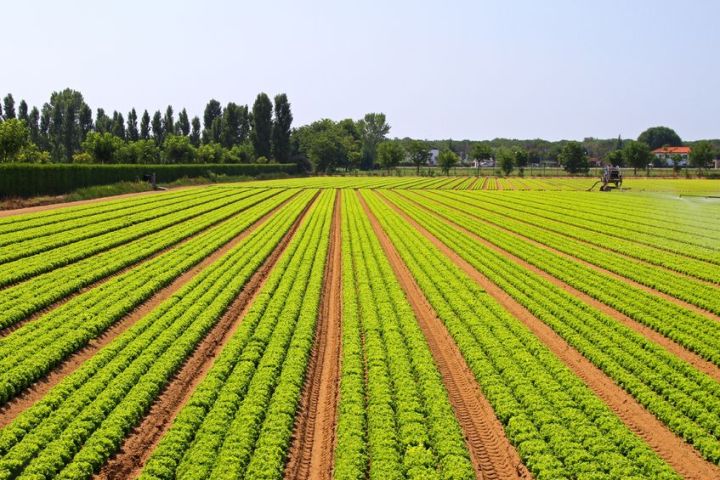
The National Academy consortium took the further step of releasing a website dedicated to educating people about GMOs. Instead of just issuing a report, the Academies wanted to make the source data available to the public in a searchable format. “Part of our approach here was to make this not just a report. This is all on a website. We hope that this report will open a conversation, not make some kind of a proclamation,” said committee chair Fred Gould, who is also co-director of the Genetic Engineering and Society Center at North Carolina State University.
Of course, the collection of source data is pretty impressive. The committee that issued the report reviewed a collection of 900 existing reports covering GMO safety and health. Then they went on to interview a further roster of 80 industry experts and academics. Finally, the committee also reviewed over 700 comments submitted by members of the public. The breadth and variety of data included in the report shows that a holistic understanding of GMOs requires a many-angled approach.
All in all, the report concludes that there is no substantiated evidence that GMO organisms are less safe than non-modified crops. The committee even asserted that higher levels of vitamin A found in GMOs present a recognizable benefit to humans. On the agricultural side, the report includes data to show that farmers growing GMO crops make more money than non-GMO competitors, and that genetic modifications intended to resist the threat of pests and herbicides successfully reduce crop loss.
Some of these important findings effectively squash rumor mill health concerns and paranoid theories about the dangers of genetically modified foods. But that’s not to say that the report ignores the potential dangers of unregulated GMO production. When it comes to GMOs, the slippery slope from genetics to eugenics is a real concern for scientists and concerned citizens alike.


